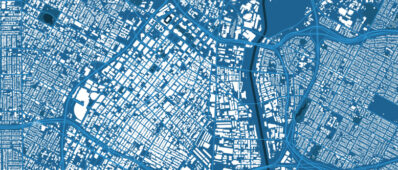Abstract
The emergence and adoption of fully-autonomous vehicles (AVs) and AV-enabled mobility services are expected to significantly impact transit demand in urban and suburban areas. This paper focuses on assessing the impact of a suburban first-mile shared-ride AV (SAV) transit feeder system on transit and SAV demand. To complete this task, the authors introduce an integrated mode choice and dynamic traveler assignment-simulation modeling framework that explicitly models the dynamics of, and congestion in, the transit network and SAV system. First, the authors present a mathematical formulation of the integrated mode choice and dynamic traveler assignment problem. The problem is analytically intractable; therefore, the authors present a simulation-based, iterative, bi-level solution approach. The iterative bi-level solution approach is required because the modal flows are dependent on the transit, road, and SAV system performances; yet, these system performances are dependent on the modal flows. In the iterative modeling framework, the upper level assigns travelers to one of five modes: car, park-and-ride, transit, SAV, or transit with SAV feeder. The lower level, both (1) iteratively determines minimum cost transit hyperpaths, assigns travelers to hyperpaths, and simulates their experiences, and (2) simulates an SAV fleet providing service to suburban travelers. Time-dependent network performance skims are then fed to the mode choice model. This process repeats until the mode choice probabilities converge. This integrated modeling framework, which endogenously determines traveler mode choice as well as transit and SAV system performance, provides transportation planners and modelers a powerful tool to test various scenarios related to AV-enabled mobility services.
Suggested Citation
Helen Karla Ramalho de Farias Pinto, Michael F. Hyland, Ä° Ã?mer Verbas and Hani S. Mahmassani (2018) “Integrated mode choice and dynamic traveler assignment-simulation framework to assess the impact of a suburban first-mile shared autonomous vehicle fleet service on transit demand”, in Proceedings of the 97th annual meeting of the transportation research board, p. 9p.


